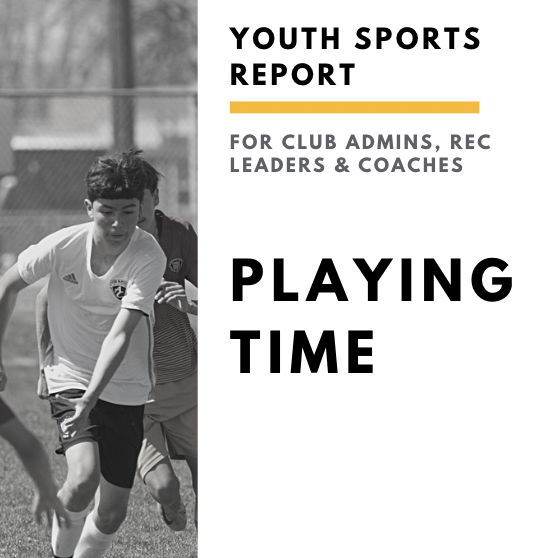Get our exclusive report. Download the iSport360 Club Switching Report Here – For Club Admins, Rec Leaders and Coaches.
Transferring Colleges to Pursue Your Sports Passion
Deciding to transfer colleges is a significant life decision, and it becomes even more complex when the motivation behind the move is to continue or elevate one’s athletic career.
For student-athletes, transferring colleges to play sports can be a game-changer, offering both opportunities and challenges.
Let’s explore the various aspects of this process, including the reasons for transferring, the steps involved, and the potential benefits and drawbacks.
Why Transfer to Play Sports?
Student-athletes consider transferring to another college for a multitude of reasons:
- Better Athletic Opportunities:
- They may have the opportunity to play for a more competitive program, receive better coaching, or gain increased exposure to scouts and recruiters.
- Academic or Major Change:
- Sometimes, athletes discover that their chosen college doesn’t offer the academic programs or majors they want to pursue, leading to a need for transfer.
- Personal Growth:
- A desire for personal growth, independence, or a change in scenery can also motivate student-athletes to seek a new collegiate experience.
- Unfulfilled Expectations:
- Some athletes find that their initial college didn’t meet their expectations in terms of sports culture, team dynamics, or facilities.
At the end of the day, you have to do what is best for you. Just note that the grass is not always greener on the other side.
The Transfer Process: A Step-by-Step Guide
If you’re considering transferring to a new college to continue playing sports, here are the steps you should follow:
- Evaluate Your Goals:
- Clearly define your goals, both in terms of athletics and academics. Understand what you hope to achieve at your new college.
- Research Potential Colleges:
- Explore colleges that offer the athletic program, coaching staff, and academic opportunities you desire. Consider factors like location, culture, and campus life.
- Contact Coaches:
- Reach out to the coaches at the colleges you’re interested in. Be prepared to provide your athletic credentials and achievements.
- Review NCAA or NAIA Rules:
- Understand the eligibility requirements and transfer rules set by the NCAA (National Collegiate Athletic Association) or NAIA (National Association of Intercollegiate Athletics) if applicable. Compliance with these rules is essential.
- Notify Your Current College:
- You should notify your current college of your intent to transfer and obtain any necessary release or clearance to speak with other colleges.
- Submit Your Application:
- Complete the application process for the new college, paying attention to deadlines and requirements.
- Transfer Credits:
- Work with your new college to ensure a smooth transfer of academic credits from your current college.
- Adapt to Your New Team:
- Once you’re on the new team, take time to adapt to the new environment, build relationships with your new teammates, and immerse yourself in the program.
Benefits of Transferring for Sports
Transferring colleges to play sports can come with several advantages:
- Improved Athletic Opportunities:
- You may find a college that offers a more competitive environment, better coaching, and facilities that can enhance your sports career.
- Increased Exposure:
- Playing for a more prominent program can expose you to scouts and recruiters, potentially leading to professional opportunities.
- Academic Fit:
- Transferring can allow you to find a college with the academic programs or majors you desire, creating a more balanced student-athlete experience.
- Personal Growth:
- Moving to a new college can provide you with a fresh start, personal growth opportunities, and new experiences.
Challenges and Considerations
While the idea of transferring for sports can be enticing, it’s essential to consider the potential challenges:
- Eligibility Rules:
- Navigating NCAA or NAIA transfer rules can be complicated and may affect your eligibility to compete.
- Adjustment Period:
- Adapting to a new team, coaches, and environment can be challenging. It may take time to build rapport and fit into the program.
- Academic Transition:
- Ensure that your academic credits transfer smoothly to your new college. Different institutions may have different requirements.
- Social and Emotional Adjustment:
- Transferring means leaving behind friends and familiar surroundings. The emotional and social aspects of adjusting to a new college should not be underestimated.
Summary
Transferring colleges to play sports is a life-altering decision that should be approached with careful consideration and planning. The potential benefits, such as improved athletic opportunities and academic fit, can be substantial, but so can the challenges. As a student-athlete, it’s crucial to understand the NCAA or NAIA rules and ensure that your transfer process aligns with them.
The decision to transfer should ultimately align with your personal and professional goals, and it’s vital to prioritize both your athletic and academic development. By carefully weighing your options and seeking guidance from coaches, academic advisors, and mentors, you can make an informed decision that positions you for success in both your sports career and your academic journey. Remember, the transfer process can be a game-changer, but only if it’s well-planned and executed with your long-term goals in mind.
iSport360 is the only app that does it all for youth sports. For more information on what we do, click here.
About the author:
Amy Masters is a sports mom, coach, and club administrator. She has been coaching youth sports for more than 10 years. She started Jr Lions Field Hockey, the youth recreation program for the Hunterdon County community growing it from 40 players in year 1 to 150 players by year 3. A few years later, she saw the love and competitiveness grow then started Omega Field Hockey Club serving NJ and PA players. Prior to coaching, she was a collegiate field hockey player for Lock Haven University. In her spare time (lol), she is head of marketing for iSport360, where she brings her love of sports to a bigger audience.
Learn more or request a demo of our youth sports software that is helping teams improve communication, organization and player development.
November 2, 2023





